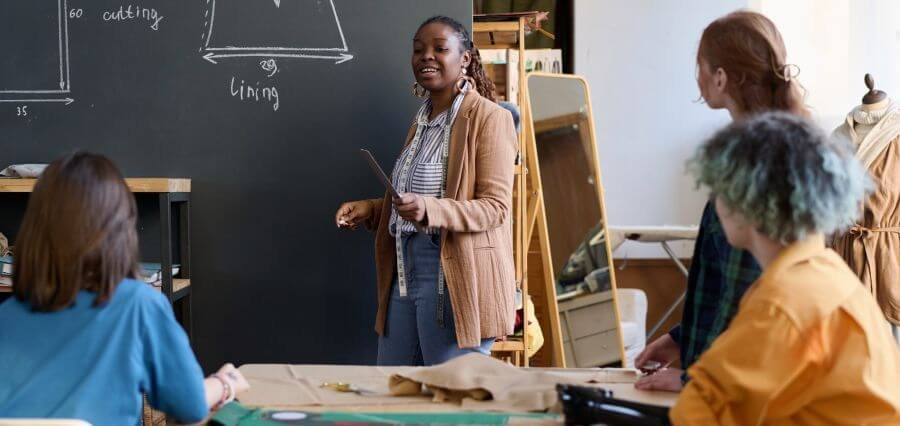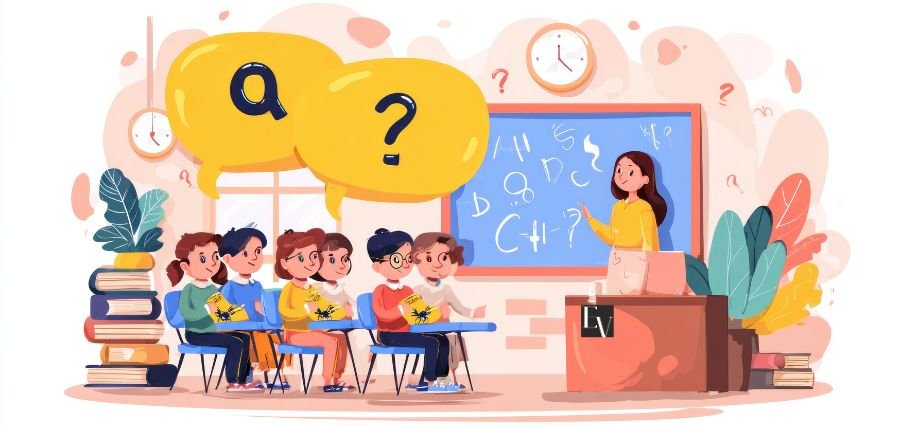Learning Without Limits
In today’s interconnected world, unequal access to quality education remains a major challenge, making a global vision for education equity, “Learning Without Limits,” more important than ever. Around the world, education continues to be a dividing line between those with opportunities and those without. Education equity gives every learner, regardless of background or geography, the tools and opportunities to reach their full potential, fostering a brighter and more inclusive future for all.
This article explores the main points concerning equity in education, barriers to access, and the potential of education reform and innovations leading to change across the globe.
Understanding Education Equity
Education equity goes beyond giving everyone the same resources. It provides equal opportunities to quality education to all learners based on their specific needs and conditions. By addressing structural disadvantages, equity empowers marginalized groups, reduces inequalities, and promotes sustainable development and gender parity, according to UNESCO. Education reform actively supports equity by transforming learning systems to meet the needs of all students and close opportunity gaps.
Barriers to Learning Without Limits
Despite progress, major obstacles still block equity in education. Poor schools lack appropriate buildings, instructional resources, and qualified educators. Children are compelled to drop out of school due to poverty and lack of education, due to poor nutrition and lack of healthcare to learn.
Gender, ethnic, language, and disability discrimination continue to limit opportunities, and war or child soldiers still interfere with the education of millions of people. These obstacles highlight the necessity to address the issue by implementing specific reforms to provide everyone with equal opportunities to succeed.
The Promise of Education Reform
Education reform aims to create inclusive, future-ready learning systems. The school curricula are shifting towards more accommodative policies that have the potential to enhance creativity, problem-solving, and global citizenship rather than rote learning.
Digital and online learning platforms increase accessibility to both remote and marginalized learners. Quality teacher training and ongoing guidance will also provide high-quality and motivated educators to classrooms. An inclusive school environment ensures that the learning space is secure, welcoming, and accommodating to the varying needs of the students.
Innovations further strengthen education renewal efforts:
- Adaptive Learning Tools: The platforms offer individualized instructions and responses to address diverse student requirements.
- Microlearning and EdTech: Short lessons let students learn at their own pace and break through learning barriers.
- Multilingual and Multicultural Approaches: The local languages and cultural elements enhance relevance and inclusion.
- Global Cooperation: Scholarships, Teacher Exchanges, and Resources. International scholarships, Teacher Exchange, and Resources enable the low-income regions to close the learning gaps.
These steps further cover education renewal so that the systems can adjust to the new demands as well as provide each learner with an opportunity to succeed.
Policy Recommendations
To achieve learning without limits, action is needed at all levels:
- Increase Funding: Governments and international organizations need to invest more capital in the underserved areas and increase scholarships.
- Eliminate Discrimination: Classrooms and communities should be free of discriminatory obstacles, and policies should be proactive to eliminate them in terms of gender, disability, ethnicity, or language.
- Engage Communities and Families: Local communities and families can support reform and incorporate local knowledge.
- Create Resilient Systems: Education systems should be dynamic to address any emergency, like pandemics, conflicts, or natural disasters, without disruption to learning.
These steps can improve both education equality and reform, making sure no student is left behind.
Innovations Driving Global Education Equity
Technology and new practices are transforming education, and equity is more attainable than ever before. Microlearning platforms allow students to learn in flexible and self-paced settings, and adaptive digital platforms provide customized learning materials. Using local languages and cultural content improves understanding and inclusion. Global partnerships, through exchanges, scholarships, and shared programs, help bridge the gap between rich and poor countries.
Together with these innovations, education renewal produces dynamic and inclusive learning systems. It enables teachers to support individual issues of learners and, at the same time, train students for future careers and citizenship in an interconnected world.
Conclusion
Equity in education and education reform are ethical demands and planned investments in the future of humankind. By empowering every student, education systems can unlock potential, foster creativity, and prepare future generations to succeed. With strong leadership, ongoing dedication, and global teamwork, learning without limits can be achieved for all, ensuring every student has the opportunity to succeed, no matter their background.





